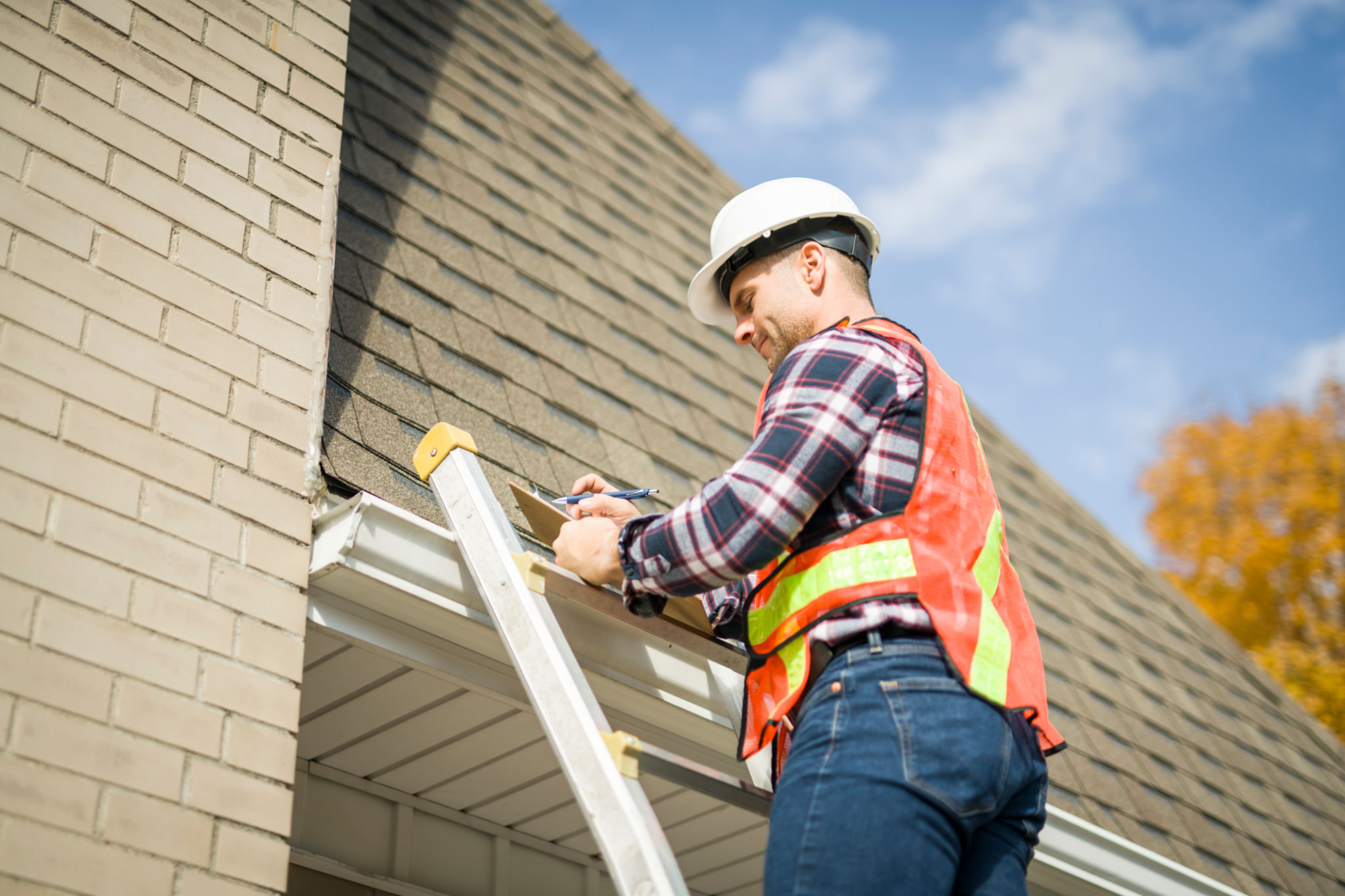Roofing in New York vs. New Jersey: Key Differences and Considerations
Understanding the Climate Impact
One of the main factors influencing roofing in both New York and New Jersey is the climate. Both states experience a range of weather conditions, including heavy snowfalls in winter and hot, humid summers. However, New York, especially upstate areas, tends to have more severe winters compared to much of New Jersey. This means that roofing in New York often requires materials and designs that can withstand heavy snow loads and ice accumulation.
In contrast, coastal areas of New Jersey might require roofing systems that are more resistant to wind and saltwater exposure, due to their proximity to the Atlantic Ocean. Therefore, when considering roofing options, it's vital for homeowners in both states to select materials that can endure these environmental stresses.

Building Codes and Regulations
Understanding local building codes is crucial for any roofing project. New York has stringent building codes, particularly in New York City, where regulations are regularly updated to enhance safety and sustainability. These codes influence everything from the type of materials used to the methods of installation.
New Jersey also has specific building codes, but they may differ slightly from those in New York. For instance, New Jersey's coastal areas might have additional regulations to address hurricane risks. It's essential for property owners and contractors to be well-versed with these codes to ensure compliance and avoid potential fines.

Material Selection
The choice of roofing material can significantly impact the longevity and efficiency of your roof. In both states, popular materials include asphalt shingles, metal roofing, and slate tiles. However, the choice often depends on both aesthetic preferences and practical considerations.
Asphalt shingles are commonly used due to their affordability and ease of installation. Metal roofs are gaining popularity for their durability and energy efficiency, especially in areas with extreme weather conditions. Slate tiles are a premium option, valued for their longevity and classic appearance.

Cost Considerations
The cost of roofing projects can vary significantly between New York and New Jersey. Factors such as labor costs, material prices, and the complexity of the roof design all play a role in determining the final expense. Generally, urban areas like New York City may have higher labor costs compared to more rural areas.
In New Jersey, costs might fluctuate based on the proximity to urban centers or coastal regions. Homeowners should obtain multiple quotes from contractors to ensure they are getting a fair price for their roofing needs.
Choosing the Right Contractor
Selecting a reputable contractor is crucial for any roofing project. Both states have a wide array of contractors, but it's important to choose one with a proven track record and proper licensing. Checking reviews and asking for references can provide insights into a contractor's reliability and quality of work.
Homeowners should also consider contractors who offer strong warranties on both materials and labor. This can provide peace of mind knowing that any future issues will be addressed promptly.

Environmental Considerations
As environmental concerns become more prominent, many homeowners in both New York and New Jersey are opting for eco-friendly roofing solutions. These might include solar panels or green roofs, which not only reduce energy costs but also contribute to environmental sustainability.
Local incentives or rebates might be available for those choosing energy-efficient roofing options, making it an economically attractive choice as well.
Final Thoughts
Whether you're in New York or New Jersey, understanding the specific needs of your region is essential when planning a roofing project. Climate, regulations, material options, and cost are all vital factors to consider. By doing thorough research and working with experienced professionals, homeowners can ensure their roofs are not only aesthetically pleasing but also durable and compliant with local standards.
